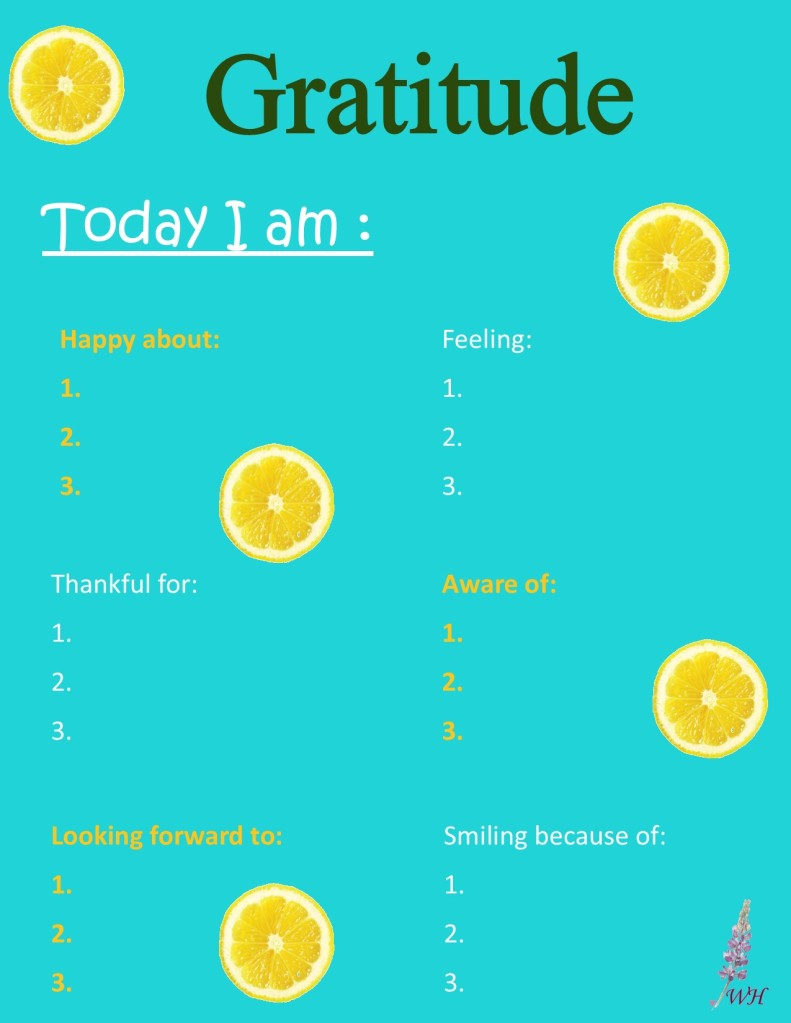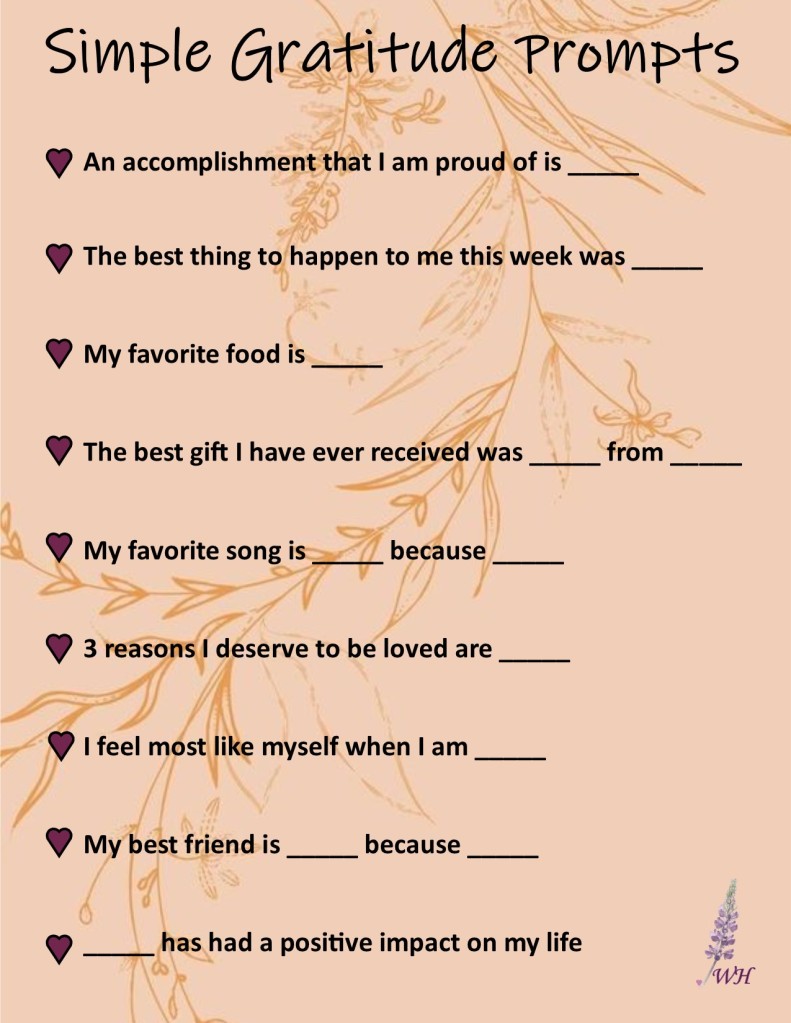
Cultivating gratitude can be extremely easy to do, and beneficial to our psychological, emotional, spiritual, and physical health. Practicing gratitude can help re-route our thoughts away from negativity, and towards positivity and fulfillment.
Gratitude is a term that is thrown around a lot today. When most people talk about gratitude they are talking about being grateful for the things they have in their lives, but gratitude goes far beyond just simply feeling thankful for things. Gratitude is a feeling and also a practice that one must engage in to fully reap its benefits.
While some people are naturally more inclined to feel grateful than others, gratitude is something that anyone can practice. In fact, implementing a gratitude practice into one’s life is much easier than some would think. Something as simple as taking a few minutes to focus on, and acknowledge your breath and being can shift you into the present moment and away from the constant hustle and bustle of everyday life, leading you to feel more grounded and relaxed. While it is great practice to count our blessings as far as “things” go in our lives (cars, houses, money, clothes, etc.), it is even more important to notice the non-material aspects of life.
In the United States we tend to be a very materialistic and “every person for themselves” kind of culture. The constant want and need for more and more that most of us face is natural, but it can also be extremely destructive to a gratitude journey. It is one of the best feelings in the world to get something that you want, but eventually those feelings of bliss and fulfillment tend to fade as the new becomes the normal, and we begin desire something more. Eventually, many of us find ourselves in a constant cycle of joy and fullness followed by cravings for something better. The attachment to wanting more is ultimately what makes it so hard to feel grateful. Once one can begin to realize what really matters to them and what creates the most happiness in their life they can then begin to really feel grateful.
It is also important to note that the act of saying that one is grateful for, say the all the love and support in their life, is not enough. In order to fully benefit from practicing gratitude one must fully acknowledge and interact with their feelings of gratefulness. Continuing on with the example of love and support: while it is wonderful to acknowledge that one is blessed with loving and supporting family and friends, it is also important to understand how that love and support affects one’s life for the better. To take it a step further, calling on those that provide us with love and support and letting them know and thanking them can lead to even more feelings of gratitude and happiness.
What we feel grateful for is going to vary from person to person and from day to day. It may seem scary or overwhelming to confront our feelings and commit ourselves to practicing gratitude on a daily basis. Practicing gratitude is and exercise of sorts that one becomes more proficient in as time goes on and we strengthen our “gratefulness muscles”. In the beginning, a gratitude practice does not have to occur daily, and it does not have to consist of anything more than simply feeling thankful for being alive and breathing. It is best to slowly increase your efforts as your comfort and awareness become greater. Eventually, if one puts in the effort to truly feel grateful and practice their appreciation, gratitude will become a new normal in their daily life and routine. Once we begin to be more appreciative and experience more feelings of fulfillment and happiness, our body will subconsciously keep us in a place to keep the goodness going.
There are many ways to practice gratitude:
- You can simply find a relaxing place to sit quietly and reflect on your life, or day and think about all of the things that went right or good and explore why those things happened.
- Gratitude journals are becoming more and more popular as they offer prompts to get one thinking about the good things in their life. When beginning a gratitude practice many people find it hard to find things to include in their practice. It can become very easy to overthink gratitude when someone feels that they have to aim for above and beyond. Gratitude journals can be a great place to start because they can set you up with simple ideas.
- Mental subtraction is something that is gaining popularity in the world of gratitude practices. Mental subtraction is the process of reflecting on one’s life and thinking about what their life would be like if certain events had not occurred. Typically, mental subtraction aims to focus on the removal of positive events from the past, but it can also include negative events as well. Not all negative events and feelings are bad. Though negative feelings and happenings may seem horrible at the time of occurrence, they can actually be quite useful and positive down the road. For example, think back to a time when you had to cut someone or something out of your life because they/it were no longer a source of happiness for you. The pain of feeling like we are losing that someone or something at the time it is happening can seem world-ending, but oftentimes when we look back on such events we can find that we are in a better and happier place due to their absence.
There are endless ways to practice gratitude. What works best for each person is going to look different as well. Taking the time to try out different methods and even creating your own is a great way to find what works best for you.


